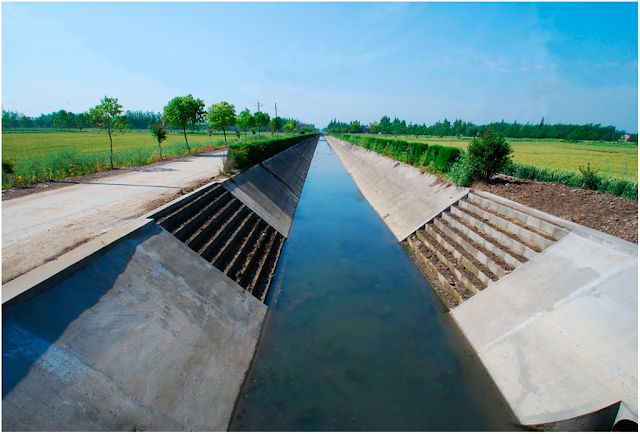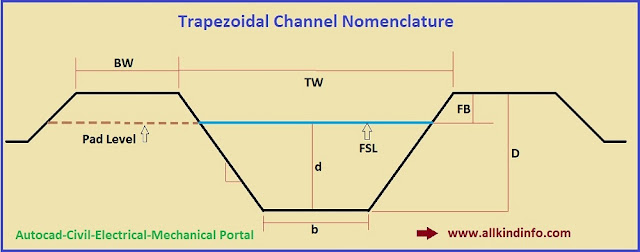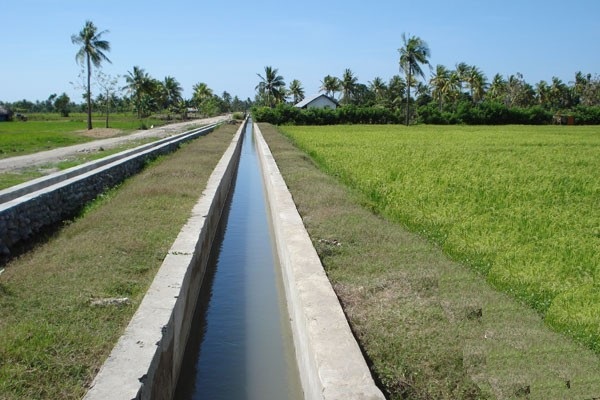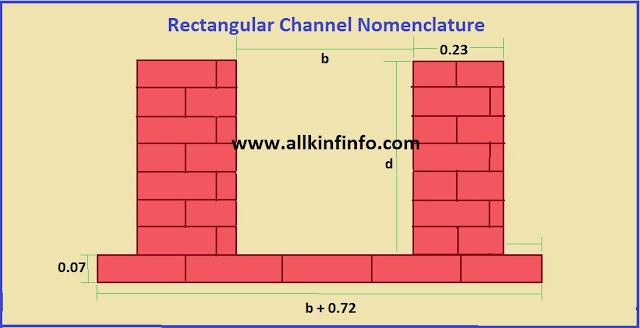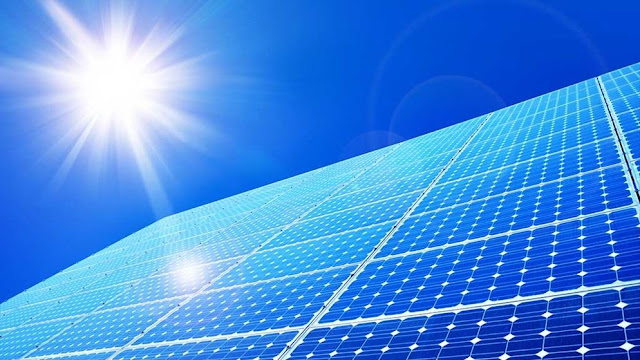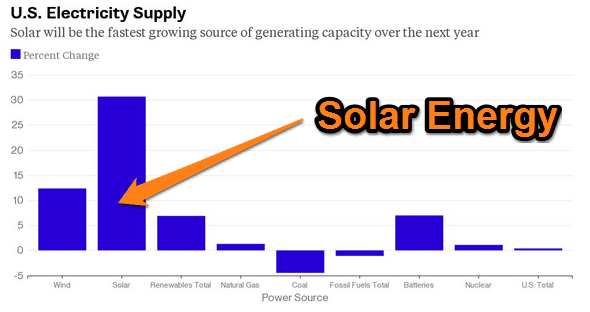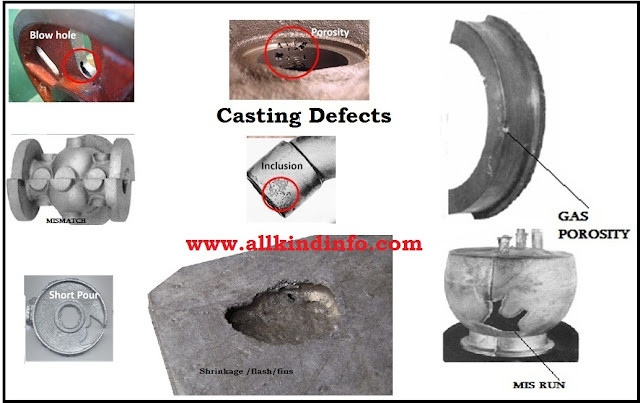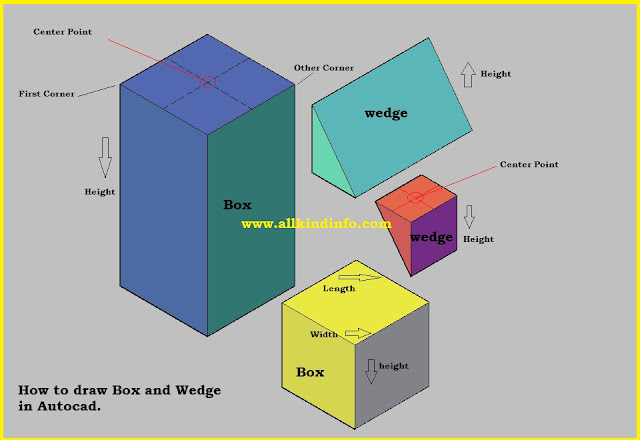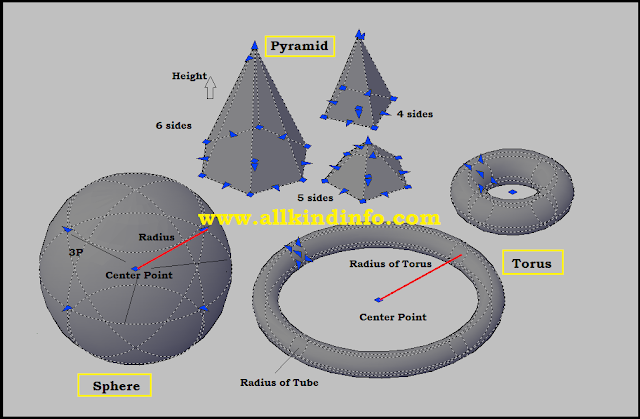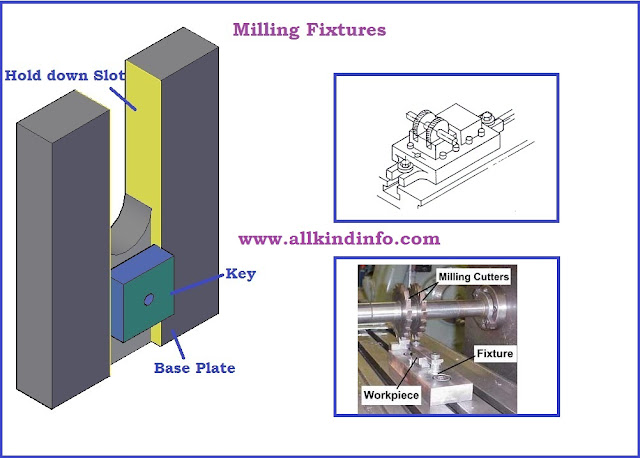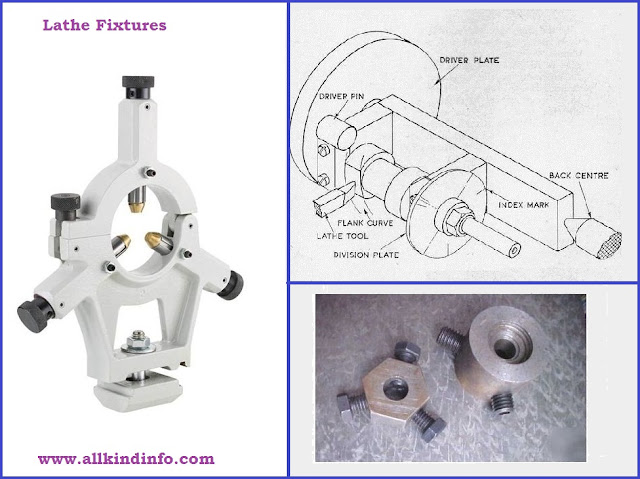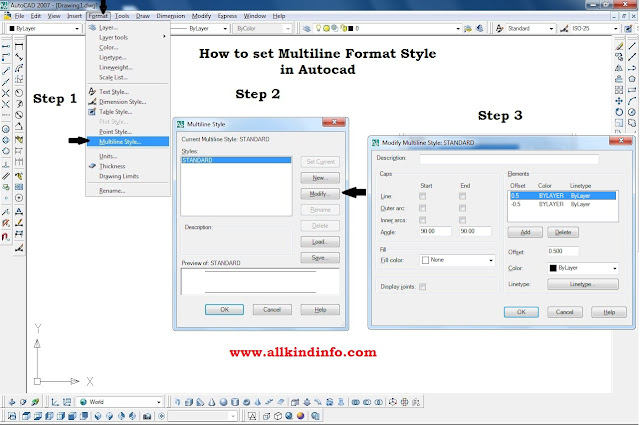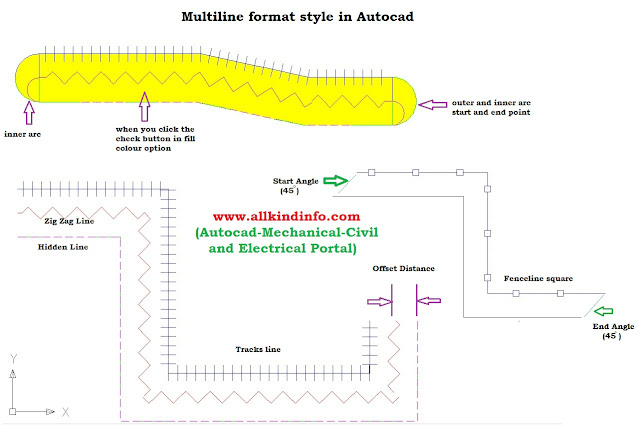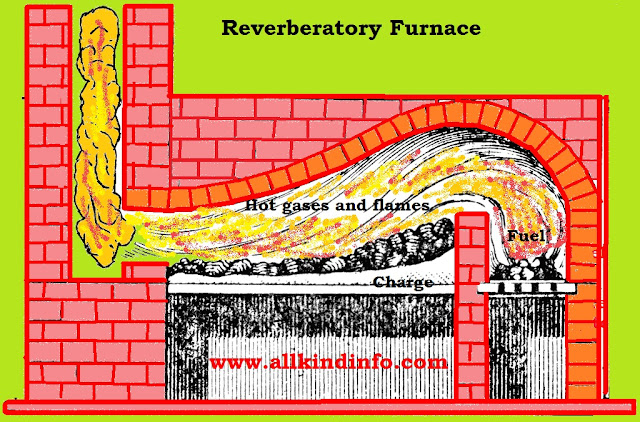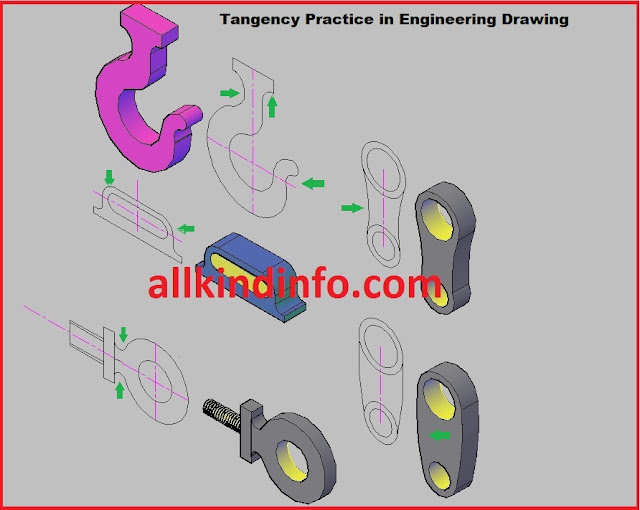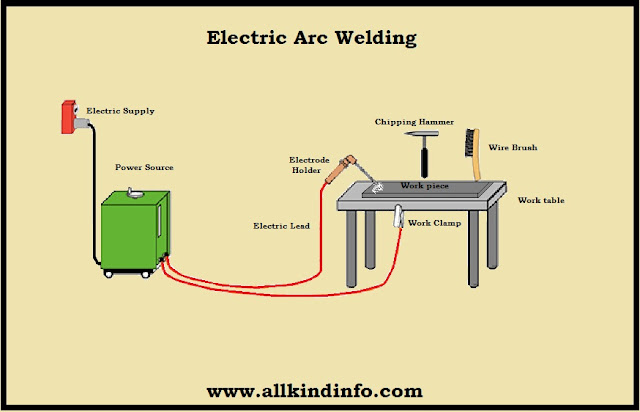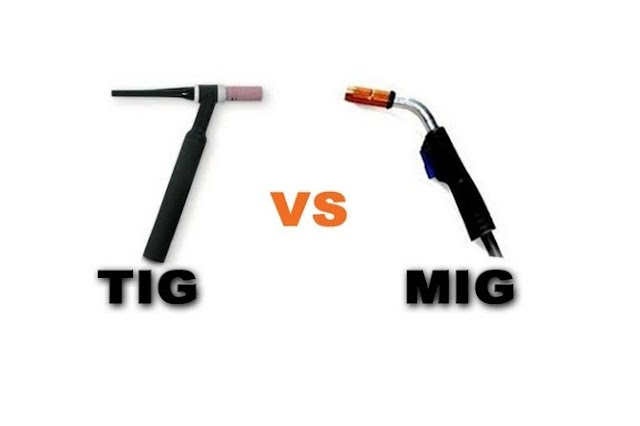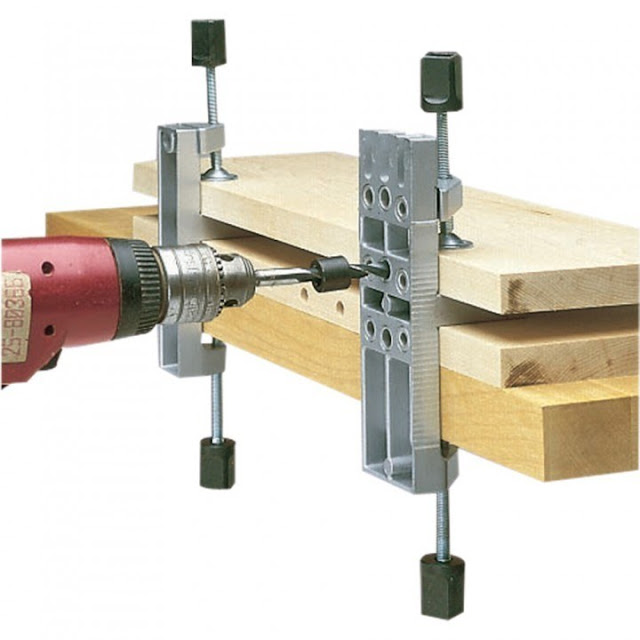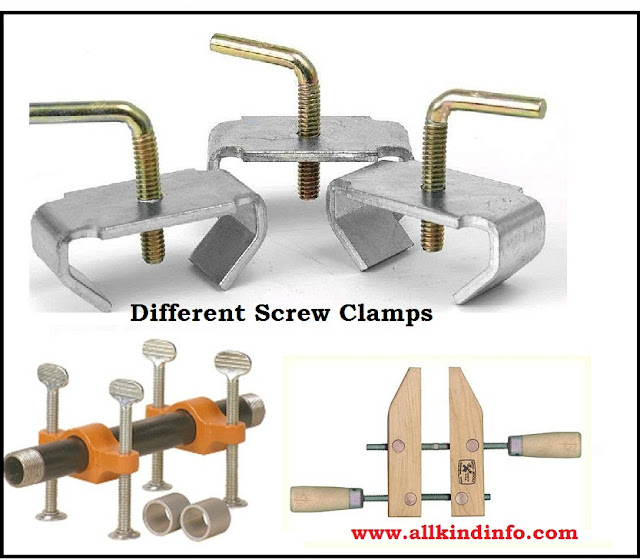Flow Measurement through Trapezoidal & Rectangular Channels
The basic formula for channel capacity is
Q = A x V
Manning's formula for velocity is
By combining these two formulas , channel capacity or quantity of flow can be determine by
where
Q = Quantity of flow in cubic meters per second
V = Mean Velocity in meters per second
A = Flow area in square meters
P = Wetted perimeter in meters
R = Hydraulic radius in meters = A/P
S = Slope or energy gradient in meters drop per meter length
n = Roughness coefficient
Trapezoidal Watercourse/canal or Channel
Flow measurement or hydraulic formulas are used to measure the discharge/volume of water through canals,irrigation channels,watercourses,drain lines etc. Following is the brief descripion used to calculate the flow measurement or discharge of the trapezoidal sectioned channel.
b = bottom width d = flow depth
B = width at water surface = b + ( 2 x z x d ) FB = Free board
D = Total depth of channel = d + FB BW = Bank width
Z = Side slope, ( Such as 1: 1 - 1.5 : 1 & 2 : 1) FSL = Full supply level
TW = total width of the ditch = b + ( 2 x Z x D)
So formula for trapezoidal channel flow quantity is
A = b x d + Z x d²
Rectangular Watercourse/canal or channel
A = b x d
where b is the width of the channel and d is the depth of the channels.

